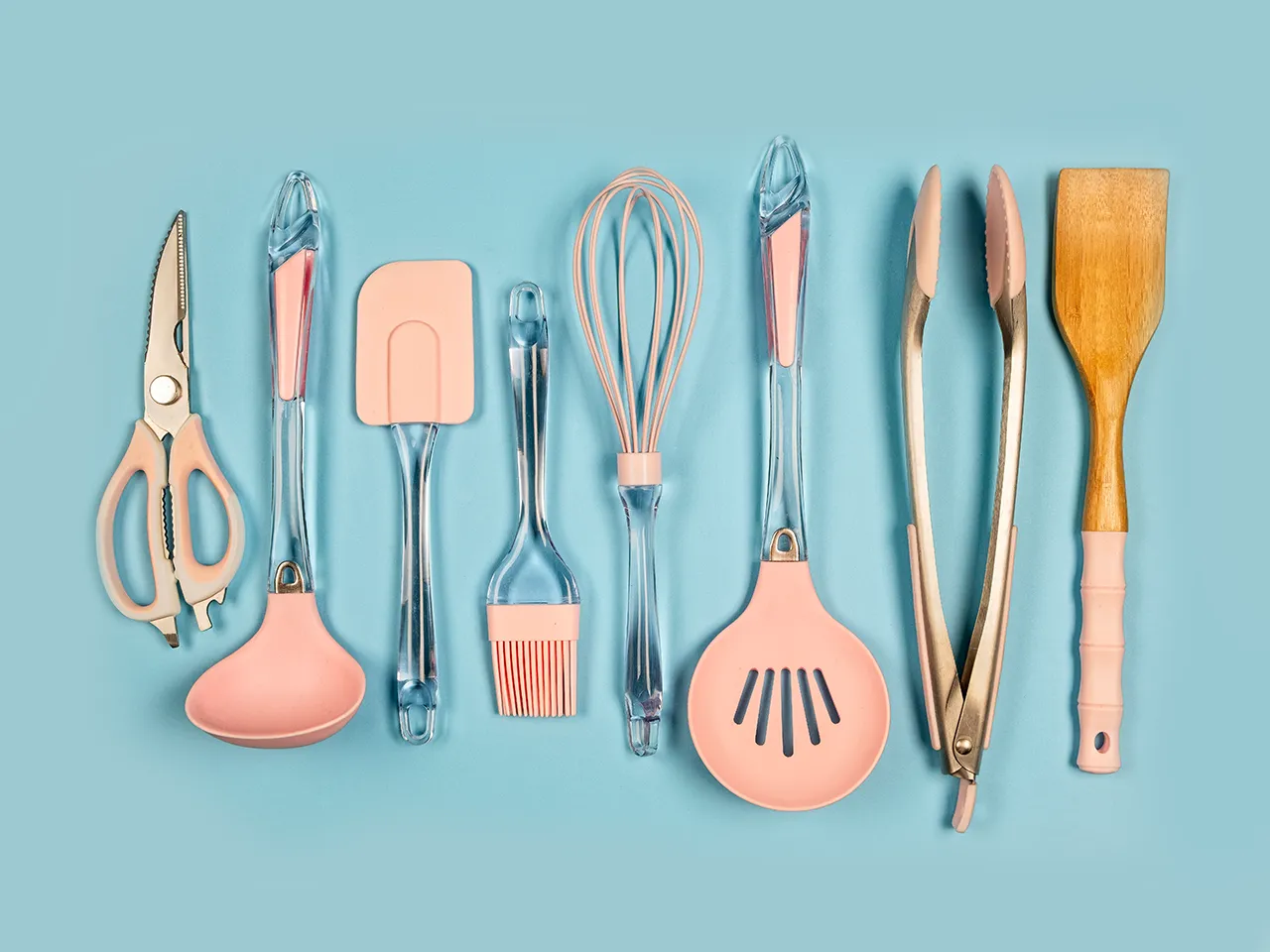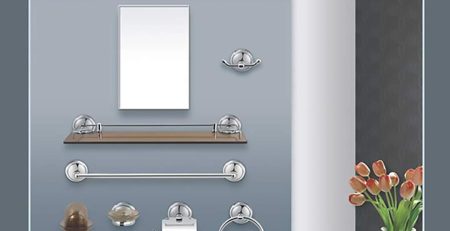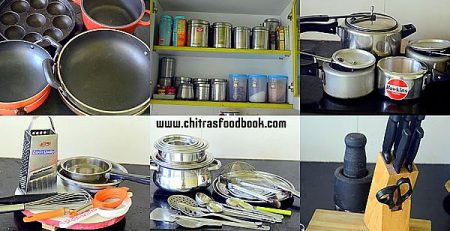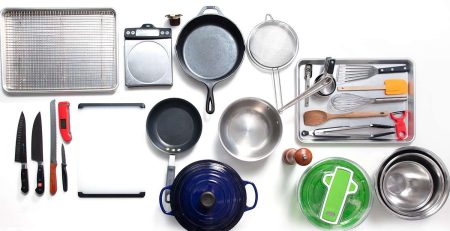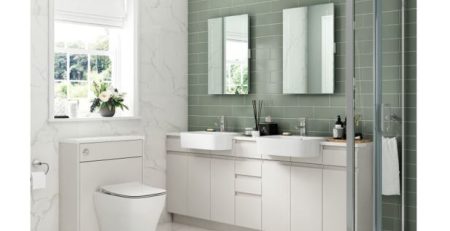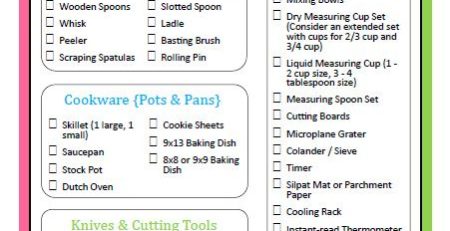Kitchen Decoration Essentials, 9 Kitchen Essentials List – Part – 1 Preparation Tools
Introduction
Cooking is a lot easier when you have the right tools. Here’s a list of the kitchen essentials that will make cooking anything from gourmet meals to simple snacks much easier.
- Chef’s Knife
- Kitchen Shears
- Vegetable Peeler
- Microplane Zester
- Mixing Bowls
- Measuring Cups and Spoons
- Cooking Thermometer
- Cutting Boards
- Mandoline Slicer
- Strainer or Colander
Chef’s Knife
In your arsenal of kitchen essentials, you’ll find a dedicated knife for cutting and chopping. This should be your workhorse, used for slicing, dicing, mincing (a chef’s knife will also do that), and chopping. Like every other tool in the kitchen, choose one that feels comfortable in your hand. You’ll want to use it often enough to make sure it’s not irritatingly heavy or unwieldy to wield; but also light enough so you don’t get fatigued by repetitive use. Finally—and this is an important aspect that many people overlook—choose a knife made of high quality steel with excellent edge retention qualities (that is: it won’t dull quickly).
Kitchen Shears
- Kitchen shears are a multi-purpose kitchen tool that can be used to open packages and cut through poultry, meat, and herbs. They’re also great for snipping the ends off your baguette or cutting paper and cardboard. If you have a kid in your house, these scissors will come in handy when it comes time to help with crafts or school projects.
The main thing you want to look for when buying kitchen shears is that they’re made from sturdy materials like stainless steel or titanium so that they can handle heavy use without rusting or breaking easily. You’ll also want them to have an ergonomic handle that makes them easy on your hands even after hours of chopping vegetables (or whatever else).
Vegetable Peeler
A vegetable peeler is one of the most useful tools in any kitchen. Not only can it be used to peel fruits and vegetables, but also to slice and cut them into thin strips. At its most basic, a vegetable peeler is made up of two sides: a blade and a handle. The blade has sharp teeth that move back and forth as you press down on the handle. This causes strips of whatever food you’re peeling to curl away from the blade like ribbons on an old-fashioned typewriter ribbon.
Your options when purchasing a vegetable peeler run the gamut—from cheap plastic models to high-end stainless steel versions that may cost almost as much as your knife set! But if you want something reliable without spending too much money, go with one made out of ABS plastic (the same stuff used in Legos). It’ll hold up well over time and won’t break easily if dropped accidentally onto hardwood flooring or tile countertops (which happens more often than you think!).
Microplane Zester
The Microplane is a stainless steel grater with a handle long enough to grip while you’re holding it over a bowl or plate. As the name suggests, it’s made from much finer teeth than a box grater.
The best way to use this tool is for grating hard cheeses, citrus zest and spices (cinnamon sticks, nutmeg), ginger and garlic. It can also be used for chocolate if you have some leftover from making hot chocolate in your Instant Pot—just grate some over steamed milk!
Mixing Bowls
Mixing bowls are a kitchen essential. They make it easier to create desserts and entrees by combining ingredients in one bowl, instead of cleaning up several smaller bowls. You’ll want to have at least three different sizes available so you can handle any meal preparation task that comes your way.
- Small: A small mixing bowl is ideal for making sauces, dressings and other ingredients that don’t require a lot of space for mixing together. An 8-inch capacity is perfect for most tasks, but you may want something slightly bigger if you’re planning on whipping up large batches of whipped cream or meringue.
- Medium: A medium sized mixing bowl will be useful when making larger amounts of dishes like pancake batter or cookie doughs—anything where you’ll need to dump in quantities ranging from two cups all the way up to six cups worth of flour! In this case I’d suggest looking into something with an 8-10 cup capacity since that should be enough room for even the biggest recipes out there today without taking too much space away from other tasks around your kitchen table area (or wherever else they may happen).
- Large: The largest size bowl on this list would be best suited towards recipes requiring large amounts of liquid ingredients such as soups or stews where each batch could easily top off 20 cups worth! In this case look into finding something with 15+ cup capacity so there’s no shortage when preparing meals during busy weeknights where everyone needs something healthy yet quick after work hours end before dinner time arrives.”
Measuring Cups and Spoons
The measuring cups and spoons are your best friends. You’ll be needing them to measure out your ingredients. The difference between these two tools is that one measures liquids, while the other measures dry ingredients. They may seem like simple tools, but they’re actually quite important!
When buying these items, make sure they’re durable, easy-to-read (especially for the elderly), and dishwasher safe in case you need to clean them quickly before starting a new recipe. There are two materials from which these can be made: plastic or stainless steel—both work well but have different advantages; plastic tends to be more affordable but can melt under high temperatures while stainless steel doesn’t melt but will rust if exposed too long under water (be sure not to use it as an ice cream scooper!). If possible try finding a set with both types so you can experiment with both kinds until deciding which one works better for each task at hand! Finally remember that having a handle makes it easier when mixing ingredients together–so look for any product which includes this feature when making your selection!”
Cooking Thermometer
A thermometer is a device used to measure temperature. It can be used to measure the temperature of a liquid, solid, or gas.
When cooking with liquids and solids, the temperature of those items is usually measured in degrees Fahrenheit (F) or Celsius (C). The difference between these two scales is that 0 degrees F equals 32 degrees C and 100 degrees F equals 212 degrees C.
Cutting Boards
Cutting boards are a necessity for any kitchen, but it’s not always easy to know which ones are best. There are three main types of cutting boards: plastic, glass and wood. Each has its own pros and cons:
- Plastic is lightweight, easy to clean and inexpensive. The downside? It can be slippery when wet or if you put liquids directly on it.
- Glass is heavier than plastic but easier to clean as you can’t cut into it and it’s non-porous so no food particles will get stuck inside (the same goes for wood). You also don’t have to worry about your knife dulling when using one! However, they’re prone to breakage if dropped—so try not dropping them too often!
- Wood looks great but may need more care than other materials since they’re porous so bacteria can grow inside them if they aren’t well maintained by regular washing (or just replacing). But wood has its benefits too; despite being porous it doesn’t retain odors like other surfaces do so there’s no need for constant washing which means less work overall!
Mandoline Slicer
You might have seen mandolin slicers in action before, and they can be used to slice, shred and julienne different types of produce. You’ll want to choose one that fits your needs: if you’re looking for just a slicer, or something more versatile. Be aware that some mandolines come with blades that can be sharpened or replaced when necessary!
Mandoline Slicer Tip: If you’re using a mandoline for the first time and are nervous about cutting yourself (or your fingers), consider wearing food preparation gloves while using it. It’s also important to keep your hands away from the blade when using this tool so as not to accidentally cut yourself!
Tongs
Tongs are a must-have for any kitchen. They make it easier to turn meat, remove hot items from the oven, and serve food. For example:
- Use tongs to toss salad greens while they are still in their airtight container or bag. This will help keep the leaves crisp and fresh longer.
- Use tongs to grab hot food off of the grill or out of boiling water (lentils).
- Use tongs when cooking something on your stovetop that may splatter (tofu).
Strainer or Colander
A strainer or colander is a great tool for any cook. You can use it to drain pasta, vegetables, and more. It also comes in handy when washing fruit and vegetables. The strainer will keep the solids separate from the liquids so you don’t have to worry about getting wet while rinsing off produce.
This essential kitchen tool can be used in two different places in your home: the kitchen and/or laundry room depending on what you need it for!
Essentials for preparing food, accurate measuring and transporting food.
Whether you’re cooking for one or feeding a crowd, there are some basic kitchen tools that should be on every cook’s list. These are the essentials for preparing food and measuring ingredients accurately.
The tools of the trade include:* A chef’s knife* Paring knife* Long serrated knife (for slicing bread)* Wooden spoon* Slotted spatula or fish turner* Tongs (metal or plastic)* Wire whisk, balloon whisk, rotary eggbeater
Conclusion
These are all the essentials that you need to prepare food at home. There are many other tools and gadgets out there, but these will get you started on your cooking journey!


